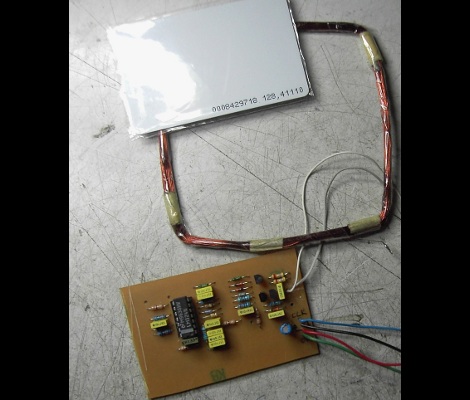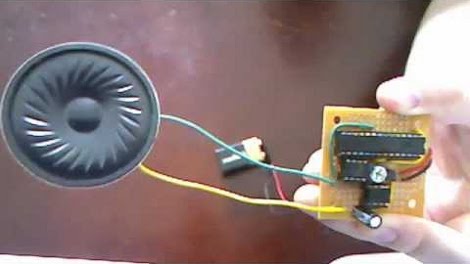
We never bought an RFID reader because it seems too simple to be all that much fun. But [Abdullah] really caught our eye with his latest project. It’s an RFID reader built from discrete parts, and that’s an adventure we can get behind!
His write-up dives right into the theory of the device. He wrapped his own coil, which measure about one microhenry, then shares an equation used to calculate the appropriate capacitor pair for it. This is fed by a 125 kHz oscillator and works as the most basic reader. In practice this needs more components for rock-solid operation and he quickly moves to a marginally more complicated circuit which still does exactly the same thing.
He is now able to detect RFID tag data by reading this circuit with an oscilloscope. But the signal is very very weak. The rest of the post focuses on how to best utilize an OpAmp to increase signal quality and on/off time.
If you’re looking to recreate his reader [Abdullah] included a Kicad schematic and board layout.
















